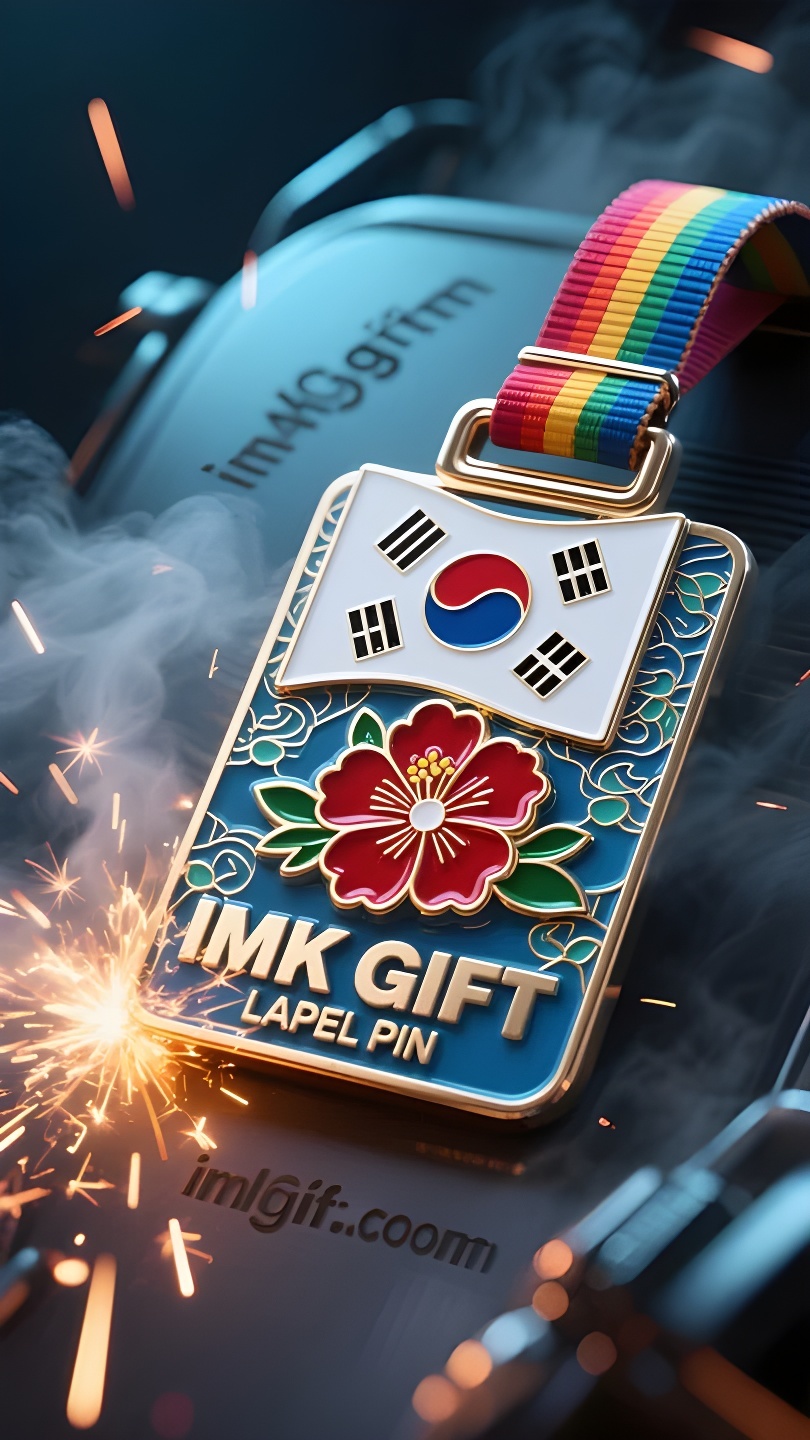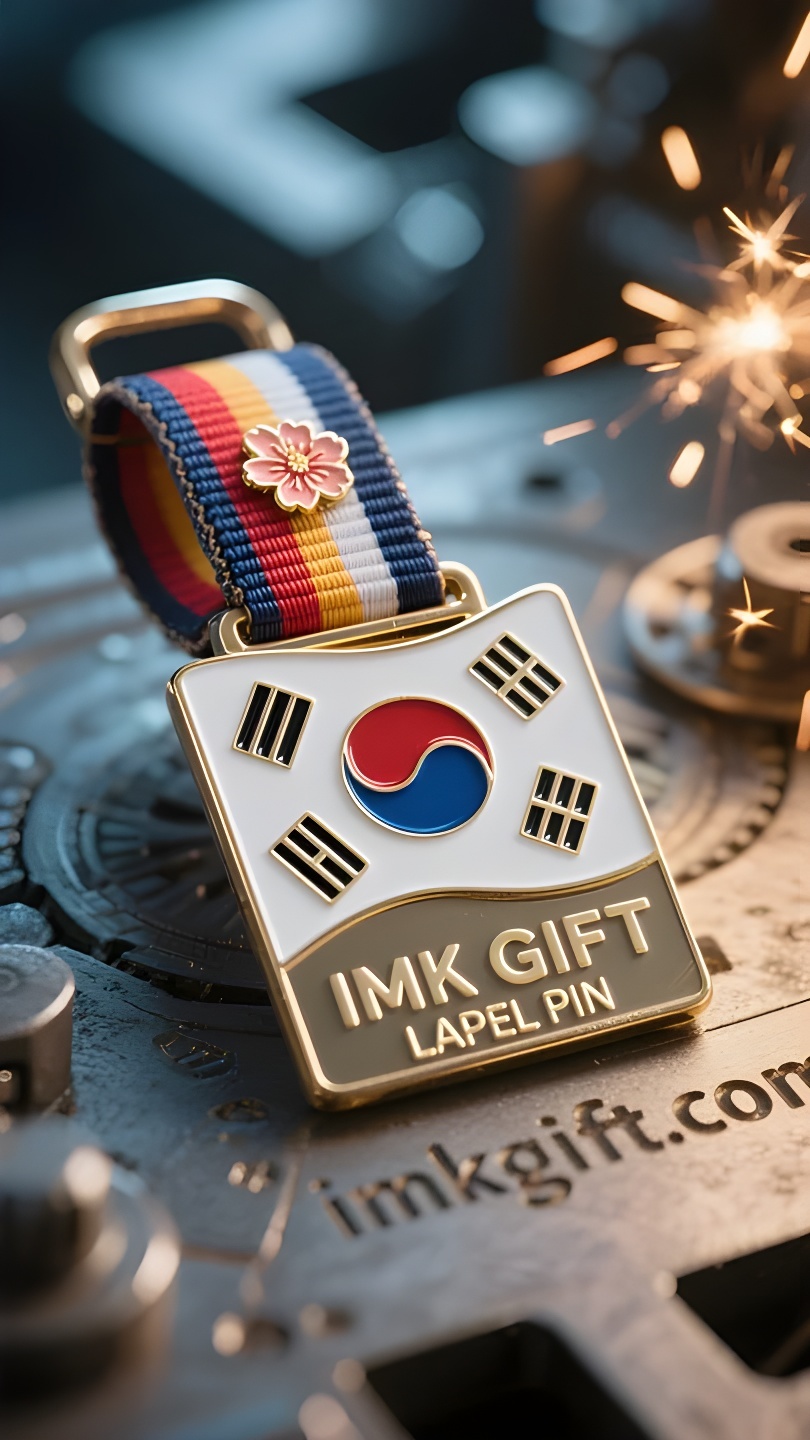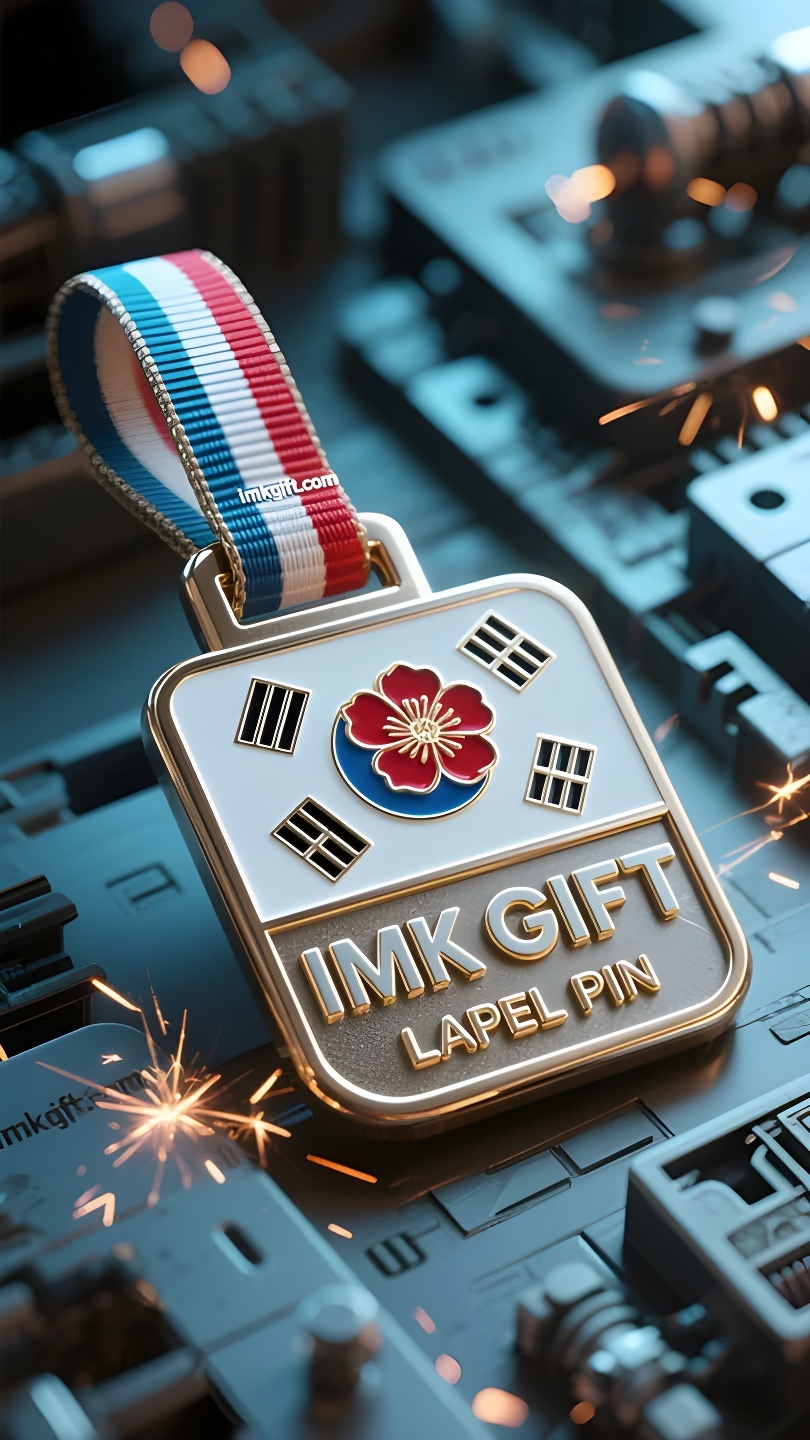in997-무궁화꽃이-피는-곳-가방-속에-숨겨진-산과-강
▼
8월의 서울 거리에는 아침에 피어나 저녁에 지는 완고한 태도로 목화꽃이 피어 있습니다. 한국의 광복절이 다가오면서, 여행객들은 히비스커스 수하물 태그를 달고 흐르는 다섯 개의 붉은 꽃잎에 국가적 기억의 진주를 엮어 넣습니다. 대한민국 국기의 핵심 요소인 태극기의 음양 문양과 건(乾), 곤(坤), 간(干), 리(里)의 4괘는 진정한 힘은 단단함과 부드러움을 조화시킨 지혜에서 나온다는 것을 항상 일깨워줍니다. “무한의 꽃”으로 알려진 짐표에 수놓아진 목화꽃은 국가의 성격을 말해줍니다. 단 한 송이의 꽃이 하루만 피더라도 수백만 송이가 백일 동안 계속 피어날 수 있습니다. 마치 식민지 지배를 견뎌내고 여전히 살아 숨 쉬는 국가 정신과 같습니다. 짐에 묶인 이 목화꽃은 여행객이 자신의 짐을 식별하는 표시일 뿐만 아니라, 심오한 삶의 코드를 담고 있습니다. 현대인들이 공항을 지날 때, 꽃잎 모양의 금속판이 서로 부딪히며 바삭바삭한 소리를 냅니다. 마치 우리에게는 목화꽃처럼 스스로를 새롭게 할 용기가 있는지 묻는 듯합니다. 우리는 모바일 시대에도 여전히 우리의 문화적 뿌리를 염두에 두고 있을까요? 짐표에 새겨진 선 하나하나는 산과 바다를 건널 때 본래의 의도를 얼마나 고수했는지를 기록합니다. 조선시대의 무궁화 문양부터 오늘날 전 세계를 날아다니는 여행 가방까지, 여행 가방에 피어난 이 꽃은 언제나 우리를 지켜봐 왔습니다. 진정한 여행자는 무궁화처럼 변화를 받아들여야 하지만, 태극기처럼 정신적인 축을 붙잡아야 합니다. 이런 인식을 염두에 두면, 당신이 내딛는 모든 걸음이 문화적 공감을 불러일으킬 수 있습니다.
In August, on the streets of Seoul, hibiscus flowers are blooming with a stubborn attitude of opening in the morning and falling in the evening. On the occasion of Korea’s Liberation Day, travelers wearing hibiscus luggage tags string together the pearls of national memory with the flowing red five-petal flowers. As the core elements of the national flag of the Republic of Korea, the yin-yang pattern of the Taegeukgi and the four hexagrams of Qian, Kun, Kan and Li always remind us that true strength comes from the balanced wisdom of combining rigidity and flexibility. The hibiscus flowers embroidered on the luggage tags tell the national character in the name of “infinite flowers” – even if a single flower blooms for only one day, millions of them can bloom for a hundred days, just like the national spirit that has survived colonial rule. These hibiscus flowers tied to the luggage are not only a mark for travelers to identify their luggage, but also contain profound life codes. When modern people drag their suitcases through the airport, the petal-shaped metal tags collide with a crisp sound, as if asking: Do we have the courage to renew ourselves like hibiscus flowers? Do we still remember our cultural roots in the era of mobility? Each polished pattern on the luggage tag records the marks of sticking to the original intention when crossing mountains and seas. From the infinite flower pattern of the Joseon Dynasty to the suitcases flying around the world today, this flower blooming on the luggage is always witnessing: a true traveler must embrace change like hibiscus, and also hold the spiritual axis like the Taegeukgi. With such awareness, every step can echo the culture.
八月的首尔街头,木槿花正以朝开暮落的倔强姿态绽放。在韩国光复节来临之际,佩戴木槿花行李牌的旅人们,用流动的红色五瓣花串起民族记忆的珍珠。
作为大韩民国国旗上的核心元素,太极旗的阴阳纹与乾坤坎离四卦,始终在提醒着:真正的力量源自刚柔并济的平衡智慧。而绣在行李牌上的木槿花,以”无穷花”之名诉说民族品格——即使单朵花期仅有一天,千万朵却能接力盛放百日,恰如历经殖民统治仍生生不息的民族精魂。
这些系在行囊上的木槿花,不仅是游子辨认行李的标记,更暗藏着深刻的生命密码。当现代人拖着行李箱穿梭机场,花瓣状的金属牌撞击出清脆声响,仿佛在叩问:我们是否像木槿花般保有日新又新的勇气?是否在流动时代仍铭记文化根基?每道被行李牌磨亮的纹路,都记录着跨越山海时坚守初心的刻度。
从朝鲜王朝的无穷花纹样,到如今飞向世界的旅行箱,这朵绽放在行囊上的花,始终在见证:真正的行者,既要如木槿拥抱变化,也要像太极旗般守住精神中轴。带着这样的觉悟出发,每个脚印都能踏出文化的回响。
▼
Contact Us
📞 Tel: +0086-760-85286839
📧 Email: sales3@imkgift.com








